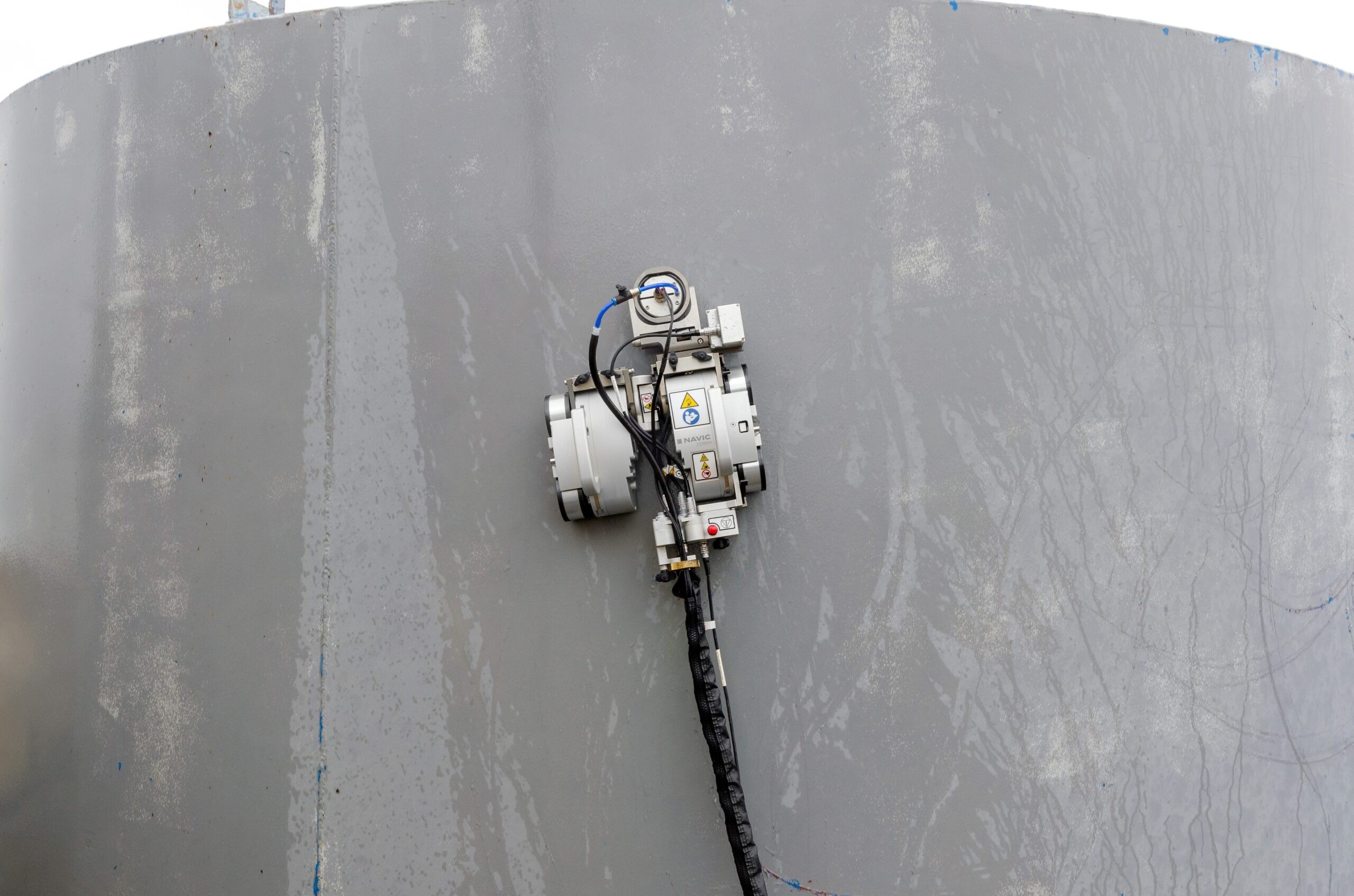Automated Ultrasonic Testing, commonly called AUT, is an advanced method of non-destructive testing that uses robotic systems to inspect materials and components. Unlike manual ultrasonic testing, AUT relies on mechanized scanners to move ultrasonic probes along a surface in a controlled and consistent manner. This approach ensures that inspections are precise, repeatable, and produce detailed digital data.
AUT is particularly useful for identifying internal flaws, corrosion, and material degradation in industrial assets. By capturing high-resolution measurements of welds, pipelines, pressure vessels, and structural components, AUT provides the information needed to monitor asset health and plan maintenance effectively.
How AUT Differs from Manual Ultrasonic Testing
Manual ultrasonic testing requires a technician to move a probe by hand and interpret the results in real time. The quality of the inspection depends on the operator’s skill and experience. In contrast, AUT automates the scanning process, following programmed paths that cover the inspection area thoroughly. This results in consistent data quality, especially over large surfaces or repetitive inspections.
Automation also allows for faster inspections and creates a permanent digital record of the findings. This record can be analyzed, compared with previous inspections, and used to track changes in material condition over time.
Advantages of Automated Ultrasonic Testing
Reliable Results: Automation reduces variation and ensures uniform inspections.
Faster Inspections: Large areas can be scanned quickly, improving efficiency.
Detailed Imaging: High-resolution data provides clear information about defect size and location.
Improved Safety: Automation reduces the need for manual access to hazardous areas.
Digital Records: Inspection results are stored digitally, allowing for long-term monitoring and analysis.
Limitations of Automated Ultrasonic Testing
Training Requirements: Operators must be trained to set up and interpret AUT systems.
Equipment Cost: The initial investment for AUT technology is higher than manual methods.
Adaptability: AUT works best for areas with regular geometry and may be less effective for irregular surfaces.
Common Applications
AUT is widely used in industries where asset integrity is critical. Some common applications include:
- Oil and Gas: Inspecting pipelines, welds, and storage tanks for corrosion or cracking.
- Power Generation: Examining turbine components, boiler tubes, and reactor vessels.
- Chemical and Petrochemical: Inspecting pressure vessels, heat exchangers, and piping systems.
- Infrastructure: Monitoring structural components, tanks, and large fabricated metal surfaces.
Techniques Used in AUT
Several ultrasonic techniques are often combined with automation to enhance inspection capabilities:
- Phased Array Ultrasonic Testing (PAUT): Uses multiple ultrasonic elements to focus sound waves electronically for detailed imaging.
- Time-of-Flight Diffraction (TOFD): Measures the time it takes for sound waves to reflect from defects to determine their size and location.
- Full Matrix Capture (FMC): Records complete ultrasonic datasets for in-depth analysis and visualization of defects.
The Importance of AUT
Automated Ultrasonic Testing provides a precise, efficient, and reliable way to inspect critical industrial assets. By producing consistent data and creating digital records, AUT helps organizations monitor material condition, plan maintenance, and make informed decisions. As inspection technology continues to evolve, AUT is becoming an essential tool for maintaining the safety and reliability of industrial infrastructure.

